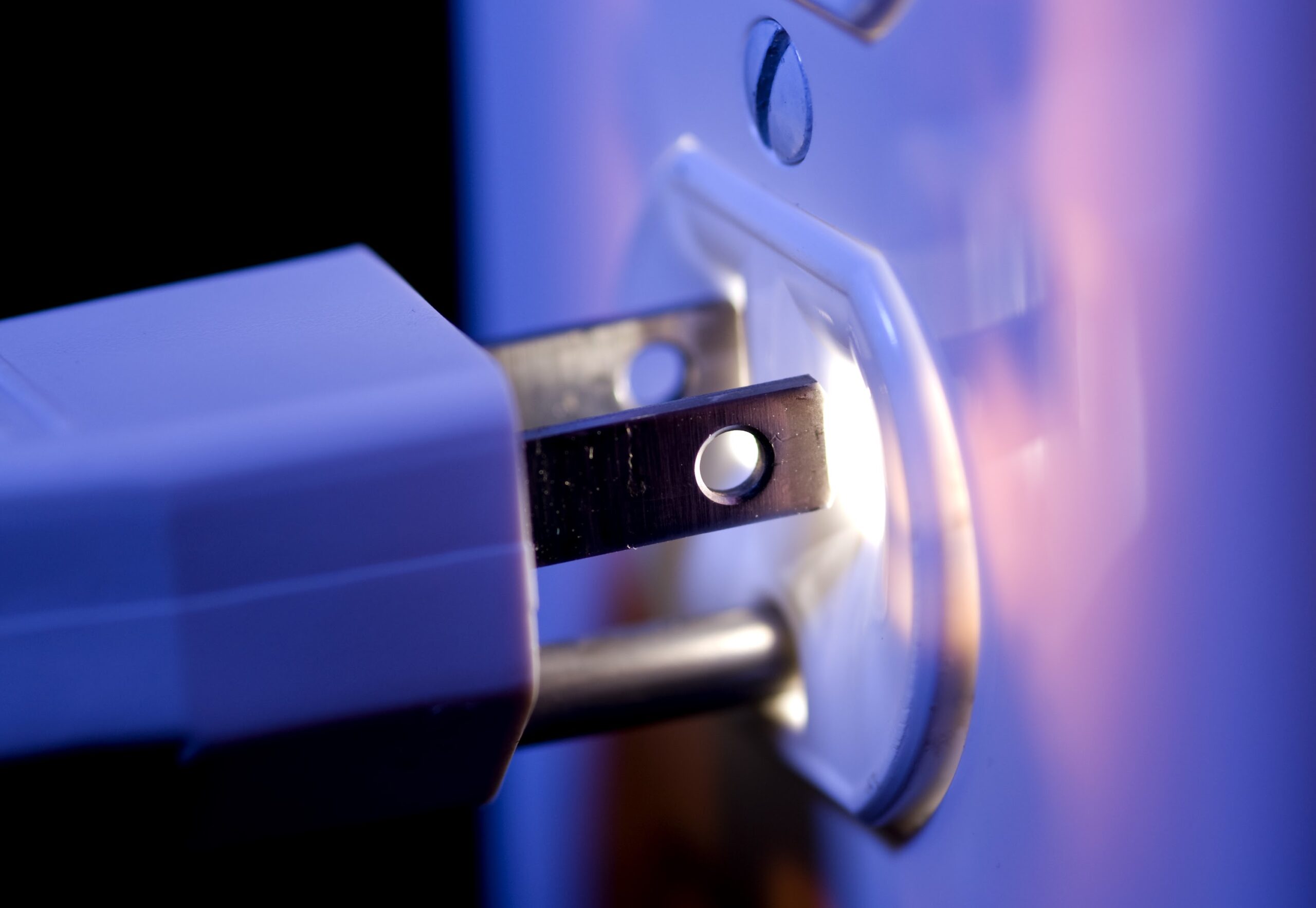
Electricity plays a vital role in modern life. Nevertheless, many people do not know the difference between 50-watt and 75-watt light bulbs or understand the importance of amps in the prevention of power outages. While we often take this natural phenomenon for granted, understanding the basics of electricity can provide insight into when to seek a professional for electrical maintenance and care. A look at the differences between watts and amps can create a wonderful foundation for ensuring that your home’s electrical system remains in excellent condition.
What Are Watts?
A watt is a unit of electrical power that measures the rate of energy transfer. Specifically, the watt unit quantifies the rate at which energy flows through a conductor or enclosed space to create electricity. Whenever ions flow through a mass of resistance, heat or energy is the result. We refer to this energy as electrical power, and we measure this power in watts. The source of electrical power can originate from anything ranging from mechanical motion to nuclear power or even lightning.
One watt is equal to energy moving at a rate of one joule per second in the standard metric system. A joule refers to the power generated when force displaces mass, and 360 joules is the equivalent of a watt-hour (Wh). The watt derives its name from James Watt, a Scottish inventor who improved the 18th-century steam engine and helped propel the Industrial Revolution.
There are numerous practical applications for understanding watts in your household. For example, a 60-watt light bulb consumes electricity at a rate of 60 Wh. This means that a 60-watt light bulb can consume 1,440 watt-hours in a day (60 Wh x 24 hours/day = 1,440 Wh/day). Electric companies simplify the number by measuring your energy usage in kilowatts (kWh). A kilowatt is equal to 1,000 watts. That means a light bulb that uses 1,400 Wh/day is the equivalent of using 1.4 kWh/day.
If you know how much your electricity provider charges for a kWh, you can estimate your electricity bill and quickly identify any problems, changes, or discrepancies. For example, if your electric company charges 25¢ per kWh, then leaving a single 60-watt bulb on for 24 hours would cost 1.44 kWh x 25¢/kWh = 36¢ per day. You can use the same formula for calculating the cost of operating appliances ranging from electric blankets to window fans.
What Are Amps?
Whereas watts are units of electrical power, amps are units of electric current. The word amp is the short form of the term “ampere.” This unit measures the number of electrons in a conductor flowing past a certain point in a specific amount of time. The higher the number of electrons, the greater the rate or strength of the electric current. Electricians measure amps or electric current with special devices known as ammeters.
The amp derives its name from André-Marie Ampère, a French mathematician and physicist. Known as one of the fathers of electromagnetism, Ampère’s inventions include the solenoid and the electrical telegraph. A contemporary of Ampère was French physicist Charles-Augustin de Coulomb. As a scientist, Coulomb made important discoveries in electrostatic force and friction.
You can recognize the influence of both Ampère and Coulomb upon reviewing the scientific formula for amps. In electricity, one amp is equal to a charge of one coulomb (6.241 x 1018 electrons) per second, and the number of amps that pass through a system is called the amperage. For example, if six amps pass through a given point in an electrical system every second, then the system has an amperage of six.
The amp can describe both the amount of electrical charge flowing through a system as well as the maximum amount of electrical current that the system can handle without shutting down. Some industries refer to the maximum electrical current as ampacity. This word is a combination of the terms amperage and capacity.
Amps have numerous applications for everyday household. For example, you may notice amps written on your home’s service panel or breaker box. Typical listings on the circuit breaker include 15 amps, 20 amps, or 30 amps. Large appliances like washing machines might list a circuit breaker amperage of 30 amps. Smaller items like room outlets may only require 15 amps. The higher the amperage number, the more electricity can pass through the circuit. High-amperage equipment should only connect to the high-amp circuits to avoid any damage to your appliances or home property.
There are important safety implications for understanding amps in the household. If a person attempts to connect too many appliances to the same circuit, for example, the breaker box can “trip” or shut off the power. In worse cases, the electrical current overload can cause the wiring to overheat and the power to blow out completely. Too much amperage can also cause the system to degrade and put the home at risk of shock hazards or even electrical fires. For this reason, it is important to have an electrical services company perform regular checkups and investigate any potential issues.
What Is the Correlation Between Watts and Amps?
Watts are units of electrical power. These units measure the rate of energy transfer from a power source to the point of usage. Amps are units of electrical current. These units measure the strength of electrical charge or flow from one point to another.
Scientifically, both watts and amps describe the electric work that your system can perform. In physics, the formula for electric work is watts (W) = amps (A) * volts (V). A volt is a unit of electromotive force that describes the potential for electricity to flow. Most physicists describe voltage as analogous to pressure (such as water pressure). For most circuits, the volt represents the electric potential between two points of a conducting wire when the electric current of one amp dissipates one watt of power.
As you can probably tell from the formula, increasing either the current or the voltage can result in higher power usage. Since a watt is the product of voltage and amps, increasing your amperage can also cause watts to increase. This can ultimately boost kilowatt (kWh) usage and increase utility bills. Setting the amperage too high can also result in undue wear on your electric system.
On the other hand, properly wired appliances with the correct watts and amperage can operate more efficiently. This is important for households that wish to use advanced appliances like high-efficiency washers and dryers. It is also important for families who wish to run powerful appliances like air conditioners or heaters to combat extreme weather.
Rely on Local Experts
As you can see, understanding the difference between watts and amps is much more than simply reading the label of a 60-watt light bulb. These electrical terms have important safety implications for your family, and understanding their usage can help your household run more efficiently. Understanding watts and amps can impact everything from your utility bills to your choice of appliances. While some people are tempted to “rig the wiring” themselves, it is always best to contact professional electricians for the job.
At Black-Haak, we provide dependable electrical services for Fox Valley and surrounding areas. We perform every task from circuit breaker inspection to outlet replacement. Our electricians can install everything from light fixtures to generators. Have you experienced a power blowout or do you need wiring for your new construction or remodel? We have what it takes to complete the job safely and efficiently. Contact us at Black-Haak today for all your electric service needs.

